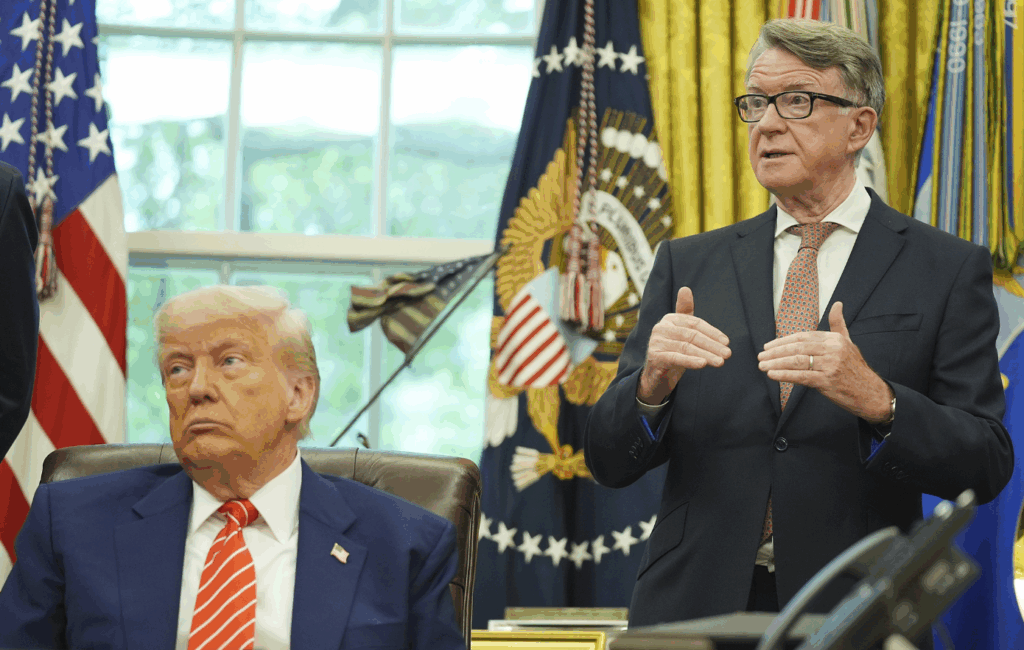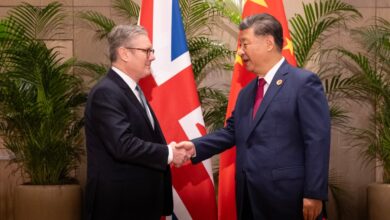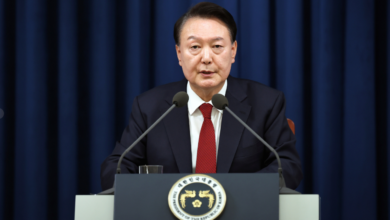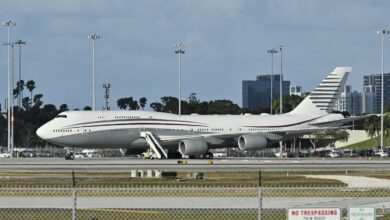US and UK Reach Historic Trade Agreement: Key Details and Reactions

Washington, D.C. (WE) — In a move signaling a shift in transatlantic economic policy, U.S. President Donald Trump announced on Thursday that the United States and the United Kingdom had reached a new trade agreement. The announcement, delivered from the Oval Office, highlighted an evolving trade relationship that includes tariff adjustments and expanded market access for both nations.
President Trump called the agreement “historic” and said it would benefit both economies. However, he acknowledged that the final provisions still require drafting and mutual approval. “The final details are being written up in the coming weeks,” he told reporters.
However, while British Prime Minister Keir Starmer did not attend in person, he joined the event via phone and, in doing so, described the agreement as ‘a new chapter’ in U.S.-U.K. relations. He expressed optimism about enhancing trade between the two nations in the post-Brexit era.
According to a White House fact sheet, the deal introduces a quota system for British vehicle exports. British car manufacturers can export up to 100,000 vehicles annually to the U.S. under a 10 percent tariff. Any exports beyond that number will incur a 25 percent tariff. The agreement retains the “reciprocal tariff” rate first imposed by the U.S. under the Trump administration’s trade reforms.
At the event, U.S. Commerce Secretary Howard Lutnick clarified that 100,000 vehicles represent only 0.6 percent of the American automotive market. However, a British government press release stated that the cap nearly equals the total number of vehicles Britain exported to the U.S. last year.
“We view this as a meaningful opportunity,” Lutnick said. “This number may seem small in U.S. terms, but it helps British automakers gain consistent market access.”
In the agricultural sector, the U.K. agreed to lower or eliminate non-tariff barriers, making it easier for American producers to export beef, ethanol, and certain industrial goods. The U.S. Department of Agriculture (USDA) expressed satisfaction with this provision, which marks a breakthrough for farmers seeking access to premium international markets.
Read More:
- Supreme Court Allows Trump to Implement Transgender Military Ban
- Xi, Putin Pledge Unity in New Era as China-Russia Ties Grow ‘Confident, Stable and Resilient’
- Who Is Robert Prevost? What to Know About the First American Pope, Leo XIV
The Renewable Fuels Association (RFA) also welcomed the ethanol clause. Its CEO, Geoff Cooper, stated that removing ethanol tariffs “opens a major door” for American producers and aligns with both nations’ renewable energy goals.
On aviation, Lutnick announced that Rolls-Royce can now export engines and aircraft components to the U.S. duty-free. He also said that Britain had agreed to purchase $10 billion worth of Boeing aircraft. However, the British Department for Business and Trade did not include this purchase in its statement, sparking questions about the status of the deal.
When asked about the omission, a senior British trade official, speaking on condition of anonymity, explained, “We are still ironing out the exact procurement terms. It’s possible the aircraft purchase will roll into a separate framework.”
President Trump and Secretary Lutnick introduced a new “trading union” agreement for steel and aluminum. Under this provision, the United States will remove tariffs on British steel and aluminum exports. Trump said the removal of tariffs will directly benefit workers in regions like South Wales and South Yorkshire, where steel production remains vital.
“This is a major win for U.K. industry and American construction firms,” Lutnick added. He credited years of diplomatic persistence for overcoming previous deadlocks in metal trade negotiations.
The UK government confirmed these developments and emphasized the reciprocal nature of the agreement. In its statement, the government wrote: “We have agreed new reciprocal market access on beef. We will also remove the tariff on ethanol — which is widely used in our manufacturing sector — coming into the U.K. from the U.S., down to zero.”
Agricultural stakeholders have responded positively. The National Cattlemen’s Beef Association (NCBA) called the agreement “transformational” for ranchers. At the same time, the National Farmers Union (NFU) issued a more cautious endorsement, urging lawmakers to review the full agreement text before making long-term conclusions.
President Trump framed the agreement as a strategic win in the larger context of global trade. “We’re not just reacting; we’re leading,” he said. “This agreement proves that two great democracies can shape fair and reciprocal trade policies.”
Despite this optimism, some U.S. lawmakers have expressed skepticism. Senator Ron Wyden (D-OR), who chairs the Senate Finance Committee, criticized the lack of transparency surrounding the deal. “The American public deserves to see the entire agreement, not just a curated summary,” he said.
In contrast, Representative Kevin Hern (R-OK), who leads the Republican Study Committee, endorsed the agreement as a win for American workers. “This trade deal puts U.S. businesses and farmers first,” Hern said.
Across the Atlantic, several members of the UK Parliament voiced concerns. Caroline Lucas, a Green Party MP, questioned whether the negotiation process adequately involved Parliament. “We must not rubber-stamp deals that lack proper scrutiny,” Lucas said.
Economic analysts have started evaluating the deal’s potential. The Office for National Statistics (ONS) and the U.S. Census Bureau reported that bilateral trade totaled approximately $290 billion in 2024. Experts suggest this new agreement could increase that figure modestly in the next two years, depending on enforcement and market response.
Dr. Fiona Thomas, a senior analyst at the Peterson Institute for International Economics, described the 100,000-vehicle quota as “symbolic but limited.” Moreover, she added, “If the British automotive sector hopes to expand significantly, they will eventually need higher caps or a tariff exemption.”
Trump administration officials stated that they are finalizing additional provisions related to digital trade, intellectual property, and small business cooperation. The U.S. Trade Representative’s Office (USTR) said “those sections will be included in the finalized text later this month.“
A senior trade official at USTR said, “We’re close to completion on the remaining chapters. We’re ensuring every word reflects our long-term priorities.”
The deal now heads toward political and legislative review. In the United States, the Congressional Research Service and the U.S. International Trade Commission (USITC) have begun preparing impact assessments. In the U.K., the International Trade Committee will conduct hearings to examine how the new agreement fits within the broader UK-EU Trade and Cooperation Agreement.
Observers across both nations await the finalized text to determine whether the framework meets the high expectations laid out by both governments.
As Trump concluded his Oval Office remarks, he emphasized the broader implications: “We’re creating a new model for 21st-century trade. It’s time for countries to stop exploiting each other and start working together.”















